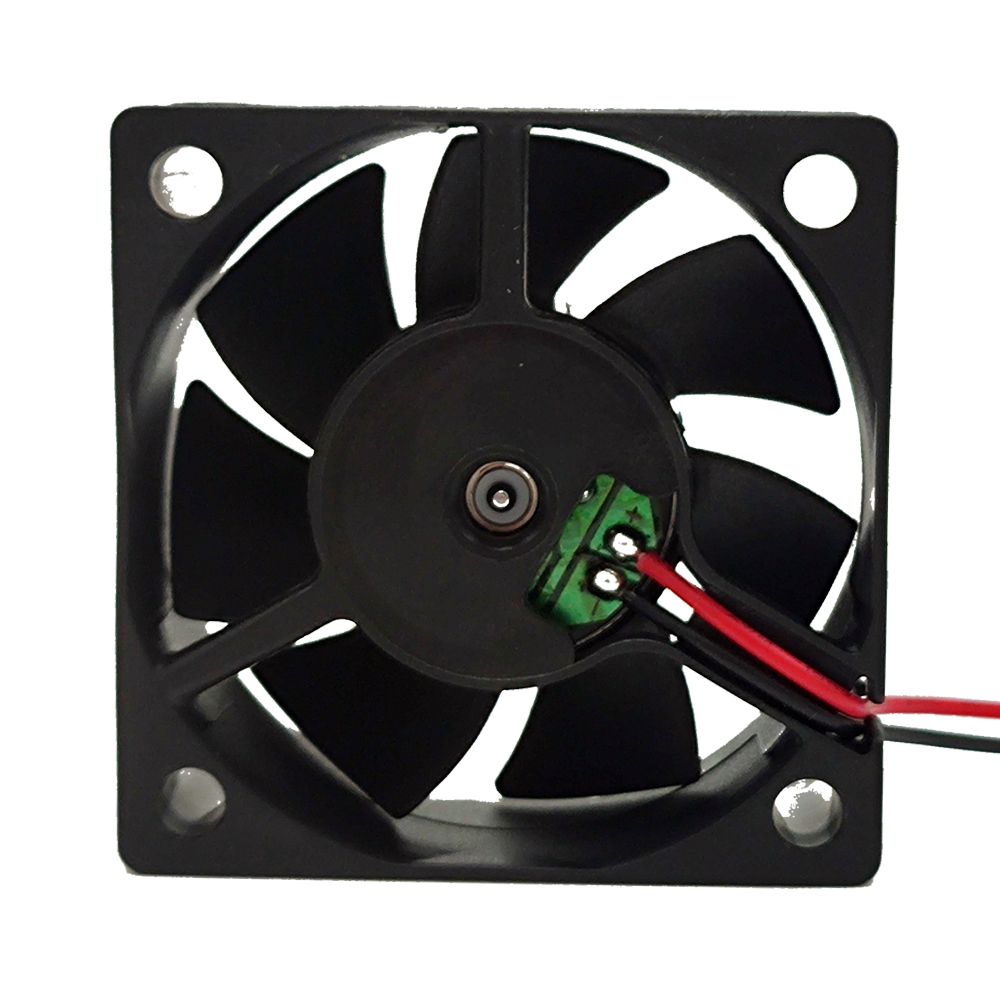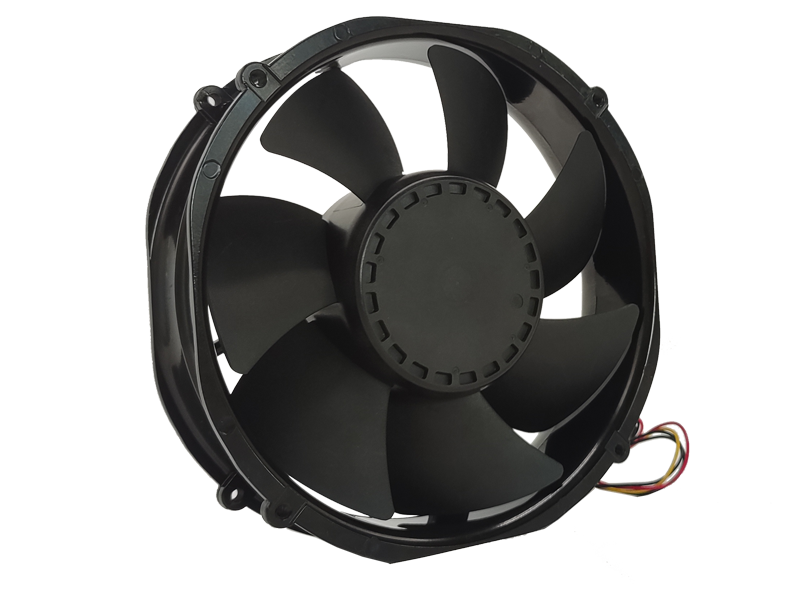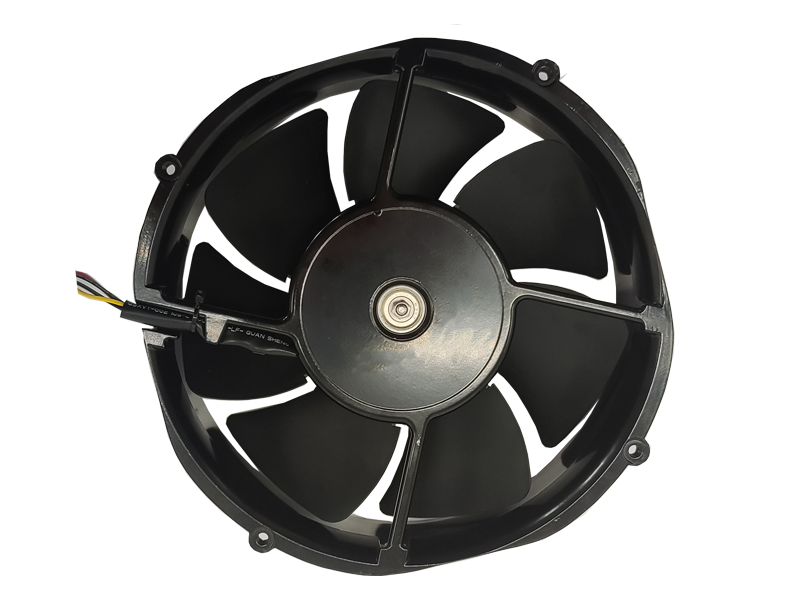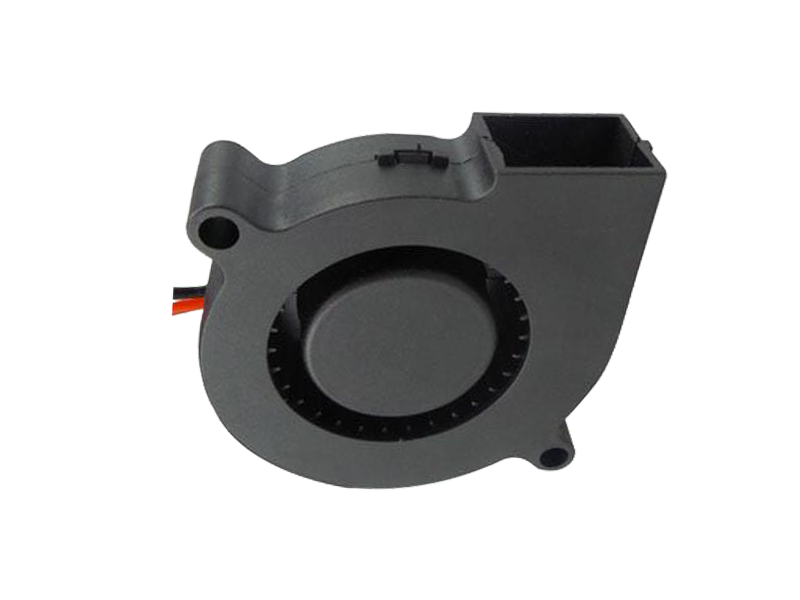In the context of growing environmental concerns and increasing energy costs, industrial fans are under increasing pressure to perform with greater energy efficiency and reduced environmental impact. As a crucial component in many industrial applications, fans are typically among the largest consumers of energy in manufacturing plants, HVAC systems, and other industrial environments. This article explores how industrial fans contribute to energy efficiency, the challenges surrounding their operation, and the solutions available for reducing their energy consumption while maximizing performance.
1. The Role of Industrial Fans in Energy Consumption
Industrial fans are integral to many critical processes, including air circulation, ventilation, cooling, and fume extraction. While they are essential to maintaining safe and efficient operations, they also account for significant energy use. Fans typically consume large amounts of electricity, especially when running continuously at high speeds. Understanding the energy consumption of industrial fans is key to identifying strategies for reducing their environmental impact.
According to industry estimates, fans account for up to 50% of energy usage in certain industrial sectors. In a typical factory, this could translate to hundreds of thousands of dollars annually in electricity costs. As industries look to improve sustainability and reduce costs, finding ways to optimize fan operation is essential.
2. Factors Influencing Fan Energy Consumption
Several factors influence the energy consumption of industrial fans, including:
Fan Size and Type: Larger fans or more powerful systems generally consume more energy. Additionally, centrifugal fans, which are commonly used in industrial applications, typically use more energy than axial fans because they operate at higher pressures.
Airflow Resistance: The resistance that air encounters as it passes through ducts, filters, or other components affects fan energy efficiency. If there is a significant amount of resistance in the airflow path, the fan must work harder, consuming more energy.
Fan Speed: Higher fan speeds generally result in higher energy consumption. Industrial fans often run at fixed speeds, which may not always align with the actual cooling or ventilation needs of the facility.
Maintenance and Condition: The condition of the fan can have a direct impact on energy usage. A fan that is poorly maintained, with dirty blades or clogged filters, will have to work harder to move air and consume more energy.
3. Strategies for Improving Energy Efficiency
To address the energy consumption of industrial fans, there are several strategies that can be employed:
Variable Speed Drives (VSDs): One of the most effective ways to improve the energy efficiency of industrial fans is by incorporating variable speed drives (VSDs). VSDs adjust the fan speed according to the actual demand, allowing the fan to run at lower speeds during periods of low activity. This reduces energy consumption by as much as 30% or more, particularly in applications where the airflow requirements vary throughout the day.
Optimized Fan Selection: When selecting industrial fans, it's crucial to choose the right fan type for the application. For example, fans with lower static pressure requirements, such as axial fans, can be more efficient for applications with minimal airflow resistance. Additionally, selecting fans with higher efficiency ratings or aerodynamic blade designs can reduce power consumption.
System Integration and Automation: By integrating fan systems with broader building management systems or process control systems, businesses can optimize the overall operation of industrial fans. Automated control systems can monitor airflow requirements in real-time, adjusting fan speeds based on temperature or humidity changes.
Regular Maintenance: Regular maintenance ensures that fans are operating at peak efficiency. Cleaning fan blades, inspecting motors, and replacing worn parts can improve airflow and reduce unnecessary energy consumption. Additionally, using energy-efficient bearings and lubricants can reduce friction and improve fan performance.
4. The Role of Industrial Fans in Sustainability
Sustainability is becoming a key consideration for many businesses, driven by both consumer demand and regulatory requirements. Industrial fans contribute to sustainability goals by improving energy efficiency, reducing operational costs, and helping to meet environmental standards.
Reducing Carbon Footprint: By improving the energy efficiency of industrial fans, businesses can significantly reduce their carbon footprint. Fans that use less energy require less power generation, reducing greenhouse gas emissions associated with energy production.

Compliance with Regulations: Many countries have introduced regulations aimed at improving industrial energy efficiency. By upgrading to more energy-efficient fans or implementing VSDs, businesses can meet these regulations and avoid penalties or fines.
Sustainable Materials: In response to environmental concerns, manufacturers are increasingly designing industrial fans using recyclable materials and sustainable manufacturing processes. Some fans are now made with composite materials that are not only lightweight but also environmentally friendly.
5. Future Trends in Industrial Fan Technology
As industries face increasing pressure to reduce energy consumption and minimize their environmental impact, several key trends are emerging in industrial fan technology:
Smart Fans with IoT Integration: The integration of the Industrial Internet of Things (IIoT) is transforming fan technology. Smart fans can monitor their own performance and adjust speed, airflow, and maintenance schedules in real-time. This allows businesses to optimize fan performance dynamically, ensuring that energy is used efficiently and maintenance is performed proactively.
Advanced Materials and Designs: Manufacturers are continuing to innovate with advanced materials and blade designs to further improve fan efficiency. For instance, new fan blades made from lightweight carbon composites are both more durable and energy-efficient, while also reducing the environmental impact of the fan's production.
Energy Recovery Systems: In some industrial applications, energy recovery systems are being integrated with fan systems. These systems can capture the waste energy generated by industrial processes and use it to power fans or other components, further improving energy efficiency.
6. Conclusion
Industrial fans are integral to the efficient operation of many industries, but they also represent a significant source of energy consumption. As businesses continue to focus on improving energy efficiency and sustainability, the role of industrial fans in reducing energy usage is more critical than ever. Through the adoption of advanced technologies such as variable speed drives, system integration, and smart fan solutions, businesses can achieve significant energy savings, reduce their environmental footprint, and enhance overall performance. As the demand for more sustainable operations grows, industrial fans will continue to evolve, becoming even more efficient and environmentally friendly in the years to come.
Recommended Products

The main purpose:Car charging station

The main purpose:Car charging station

The main purpose:Electronic refrigerators, water dispensers, direct drinking machines, inverter power supplies
Address:No. 4137, Longgang Avenue (Henggang Section), Henggang Community, Henggang Street, Longgang District, Shenzhen
hotline:13530005572(Chen)15112579390(Li)


Welcome all friends to come for consultation and negotiation.
Copyright 2024 @ Shenzhen Youneng Xinyuan Electronics Co., Ltd.,(industrial fans,industrial blowers,axial fans,cooling fans manufacturer,centrifugal fans,ac cooling fans,dc cooling fans)